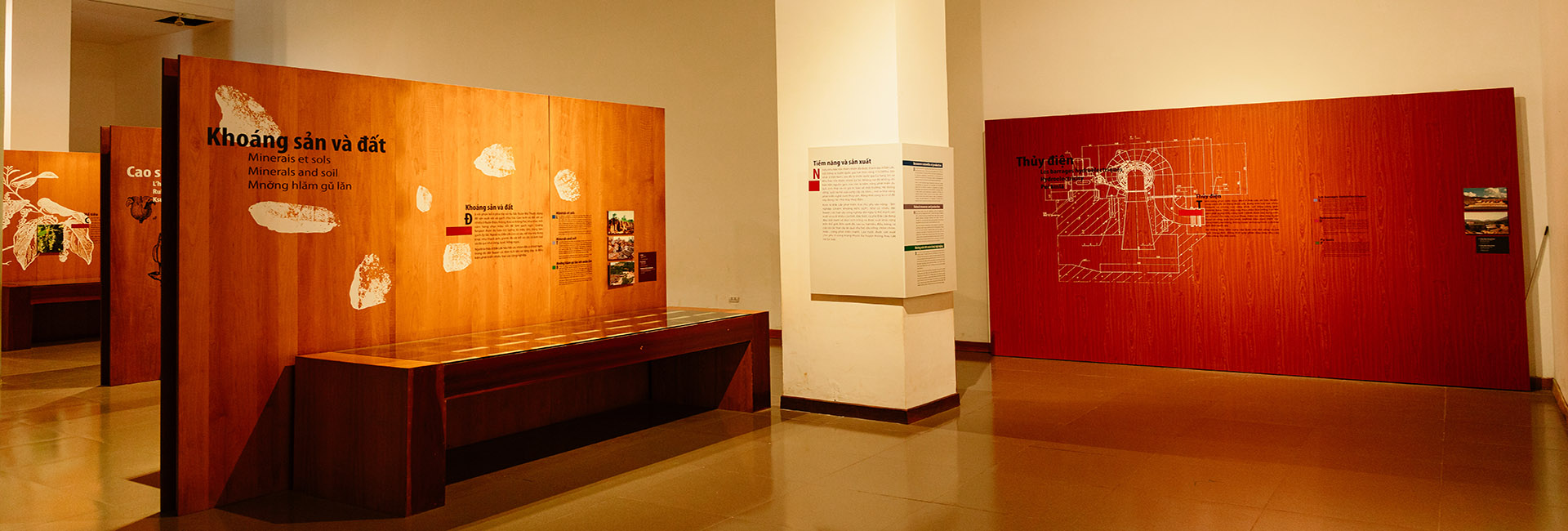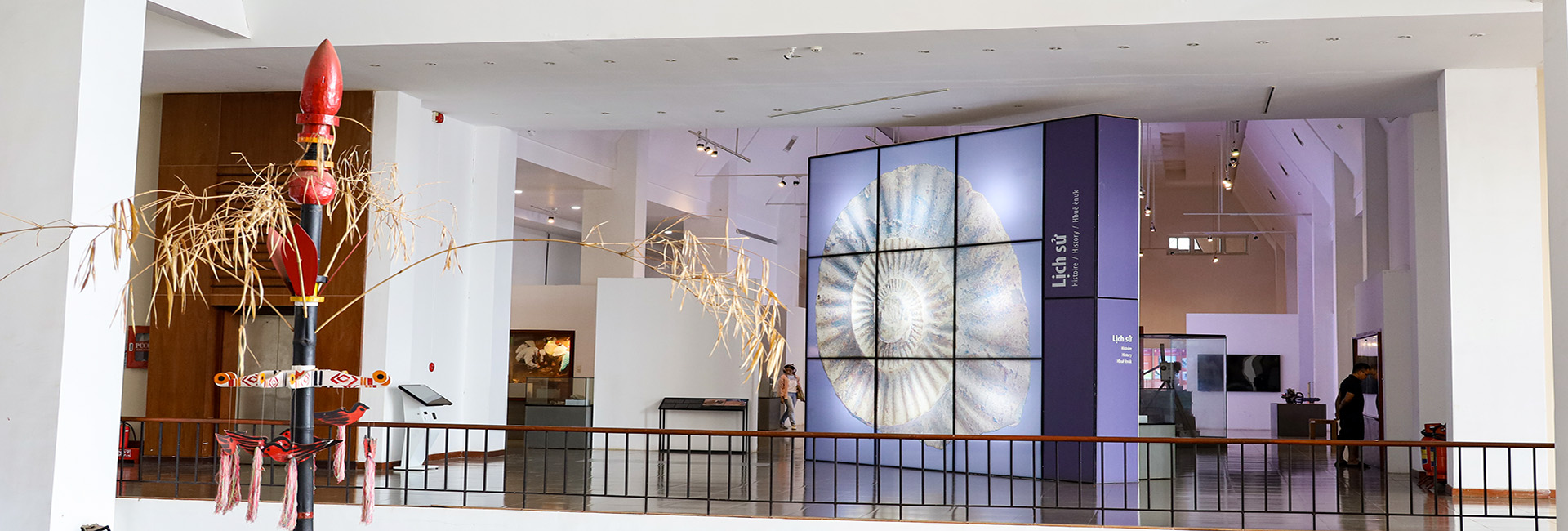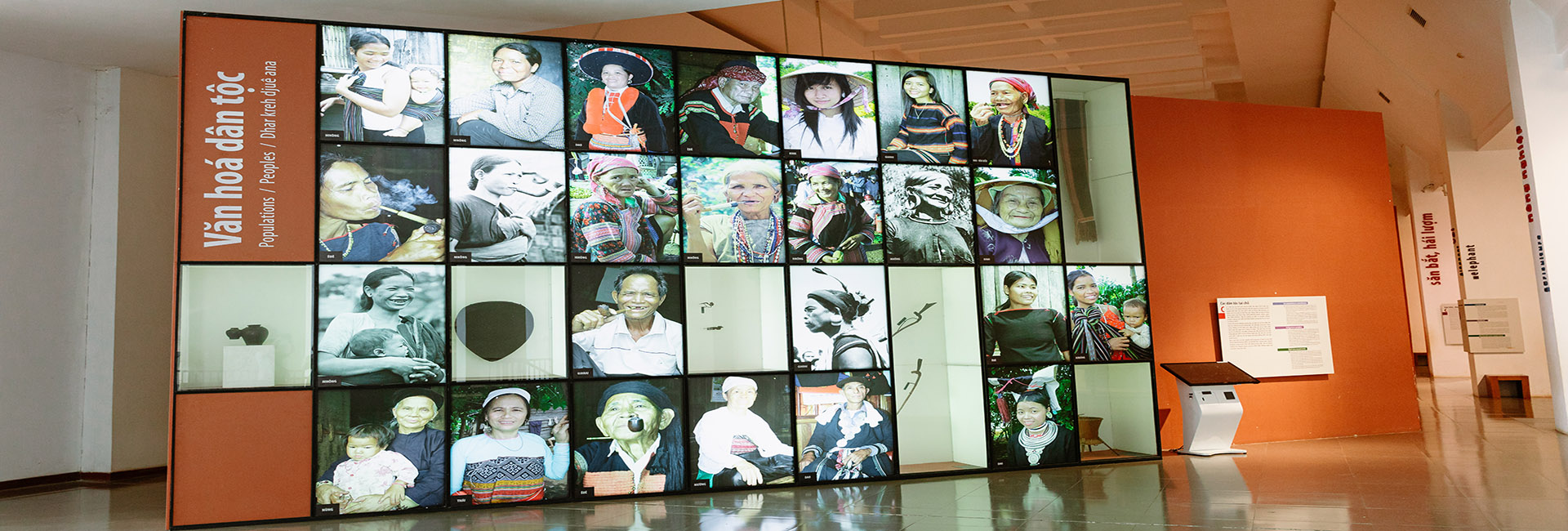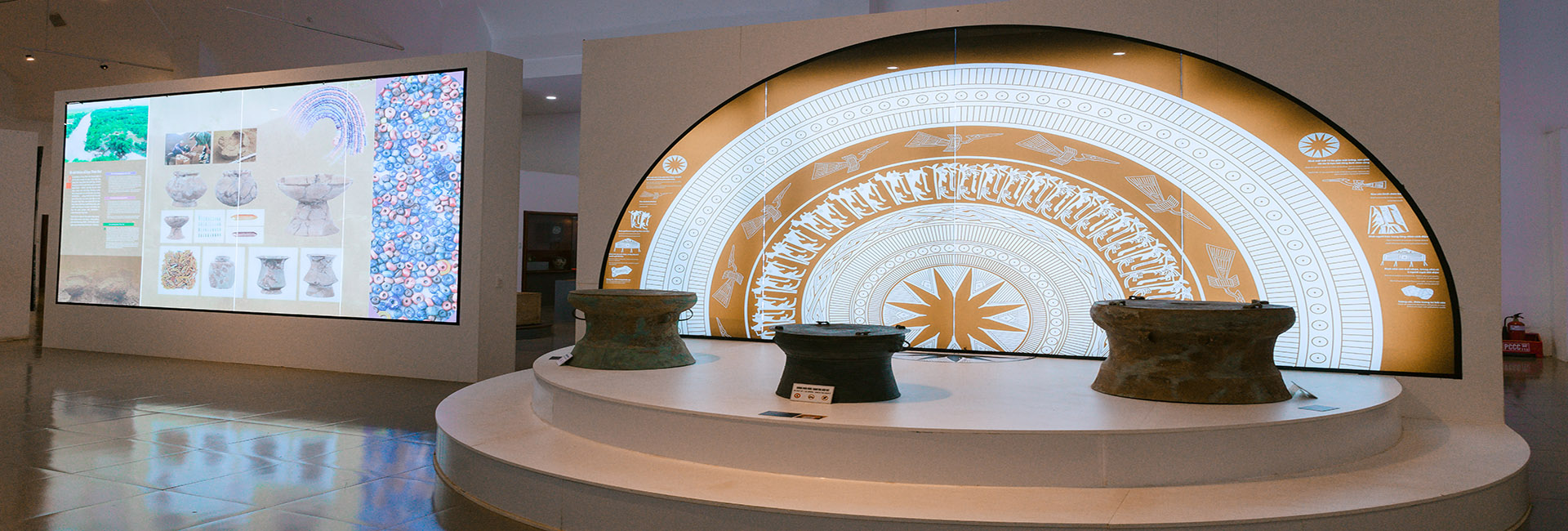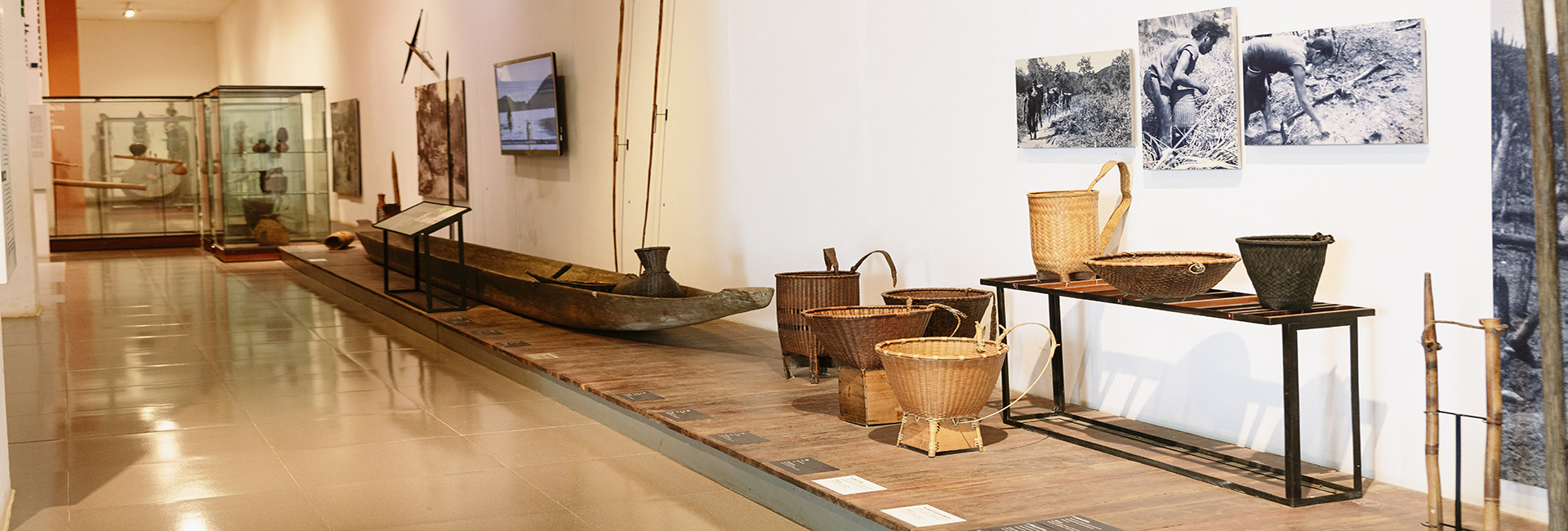TRADITIONAL COSTUMES OF THE SEDANG
The Sedang is an ethnic group consisting of 5 major local groups: Xo Teng, To Dra, Mo Nam, Ca Dong and Ha Lang. They mainly lived in Dak To, Sa Thay, Dak Glay, Kon Plong, Ngoc Hoi and Dak Ha districts (Kon Tum province), Son Ha district (Quang Ngai province), Bac Tra My and Nam Tra My districts (Quang Nam province), Cu M'gar and Krong Pak districts (Dak Lak province). During the process of formation and development, the Sedang also preserve the traditionally cultural values, including the beauty on the traditional costumes.
The traditional brocade weaving of the Sedang has been existed for a long time. Their loom is similar to that of the other ethnic people in the Central Highlands. They mainly weave narrow fabrics which have the length from 30 - 40cm, sometimes also the width-to-80cm woven fabrics. Thanks to the weaving profession, the Sedang still retain all kinds of costumes with specific characteristics according to each local group. Other ethnic groups in the Central Highlands usually use black and indigo while the dominant color on the Sedang clothes is indigo. Fabric patterns are mainly decorated around the tunic and skirt. Traditional costumes of the Sedang men are usually loincloth and bare to the waist. Loincloth is a long narrow fabric reeve over the groin, wrapped around the waist, let the two ends loose along the middle in front and back sides from the waist to the ankle. During festivals, the men usually wrap a diagonal cloth over his chest, looking like a warrior on the battlefield. Traditional women's costume includes a tunic, a skirt, a shawl (shoulder scarf) and a baby-carrying cloth on back. Tunic is pullover and sleeveless. The shawl, also known as the shoulder scarf, is made from cotton fibers of different colors. When the Sedang girls grow up, they often use a shawl as a sign that the boys know they haven’t married so that they can chat and make relationship. When the girls go to their husband's house, they carry the shawl and preserves it as a precious memorial object of her maidenhood. The shawl is woven from cotton fibers in various colors. In order to have a shawl, they weave two sheets and then put them together. On the right side of the shawl is decorated with diamond-shaped lattice truss patterns filled with black, white and red stripes. To further embellishment, the Sedang also use types of adornments such as bronze bracelets, silver bracelets, necklace beads, especially the ancient adornments such as fangs, claws, etc. to make the Sedang’s particular costumes. It can be said that the Sedang’s traditional costumes is typical folk culture with the diversity of types and products which are aesthetic values with lines of patterns and colorsfeatured by the unique of the Central Highlands. Although life has changed in development and the Sedang have many options to sew andwear the other costumes, on festive occasions, they still wear traditional costumes to preserve their cultures and identity. It is also a chance for the community to review the traditional customs of ancestors, to restore and maintain the beauty of culture, contributing to the building of advanced Vietnamese culture deeply imbued with national identity. At the same time, it popularizes the image, the various cultural living of the peoples in the Vietnamese community.

Mrs. H'Ben weaving, the Sedang, Kon Hring village, Cu Mgar district (photo of Dak Lak Museum)

The Xo Dang man’s costume, collected in Dak To, Kon Tum (photo of Dak Lak Museum)

The Xo Dang woman’s costume, collected in DakTo, Kon Tum (photo of Dak Lak Museum)

The Xo Dang’s costumes in the new rice ritual
Department of Communications




